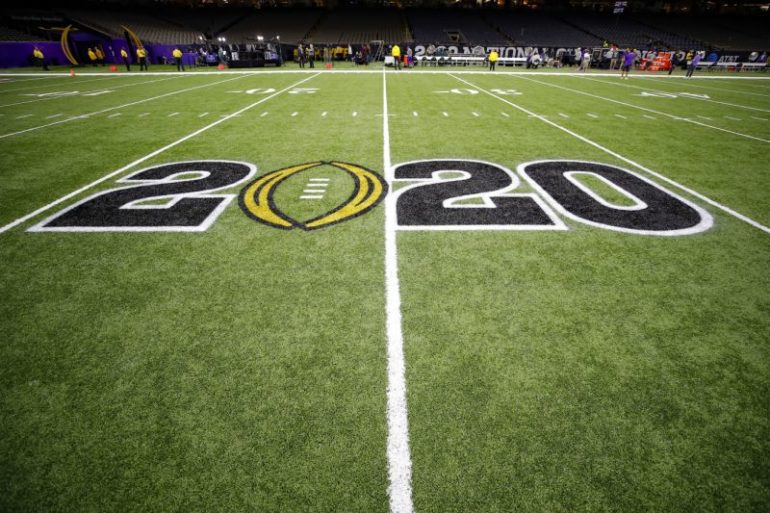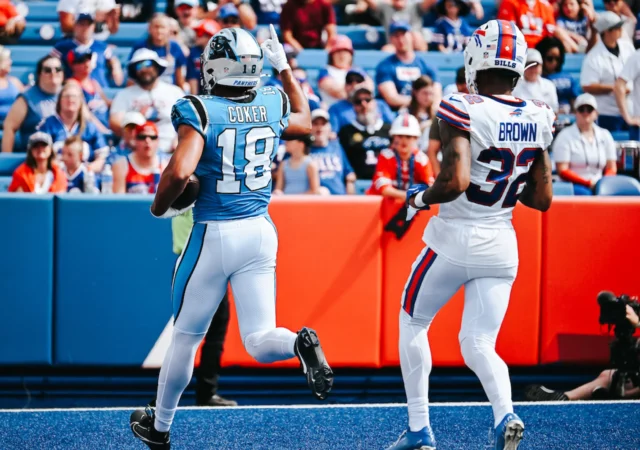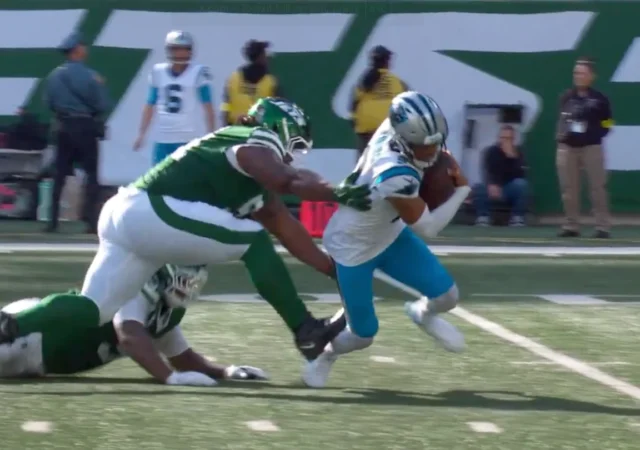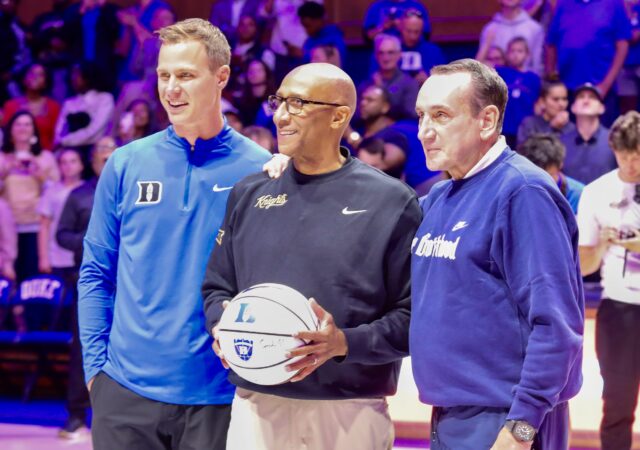IF…
As Coronavirus infection rates continue to spike, the status of NCAA fall sports, including college football, is still up in the air. Thursday, the NCAA issued its next set of return-to-sport guidelines and with it came a grim statement from President Mark Emmert:
“When we made the extremely difficult decision to cancel last spring’s championships it was because there was simply no way to conduct them safely,” said Emmert. “This document lays out the advice of health care professionals as to how to resume college sports if we can achieve an environment where COVID-19 rates are manageable. Today, sadly, the data point in the wrong direction. If there is to be college sports in the fall, we need to get a much better handle on the pandemic.”
Recommendations from the NCAA Sport Science Institute include:
- Daily self-health checks.
- The appropriate use of face coverings and social distancing during training, competition and outside of athletics.
- Testing strategies for all athletics activities, including pre-season, regular season and post-season.
- Testing and results within 72 hours of competition in high contact risk sports.
- Member schools must adhere to public health standards set by their local communities.
“Any recommendation on a pathway toward a safe return to sport will depend on the national trajectory of COVID-19 spread,” said Brian Hainline, NCAA chief medical officer. “The idea of sport resocialization is predicated on a scenario of reduced or flattened infection rates.”
Some conferences like the MEAC and Ivy League have already announced the cancellation of fall sports, while others like the Big-10 and Pac-12 have moved to a conference only format. The ACC and SEC are delaying decisions until the end of July. But if one is to infer the status of college football and other fall sports based on Mark Emmert’s statement, it’s not looking good.




